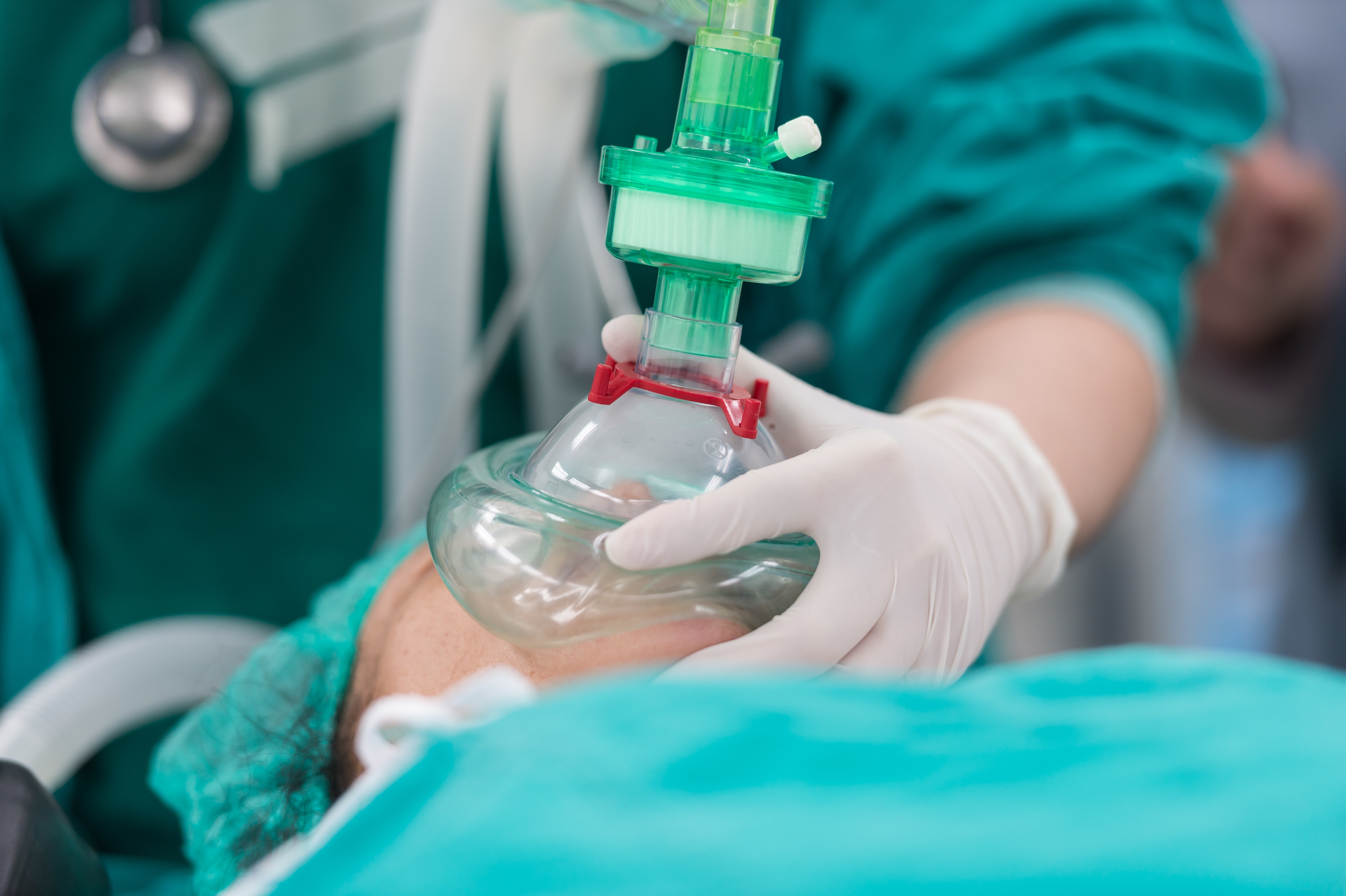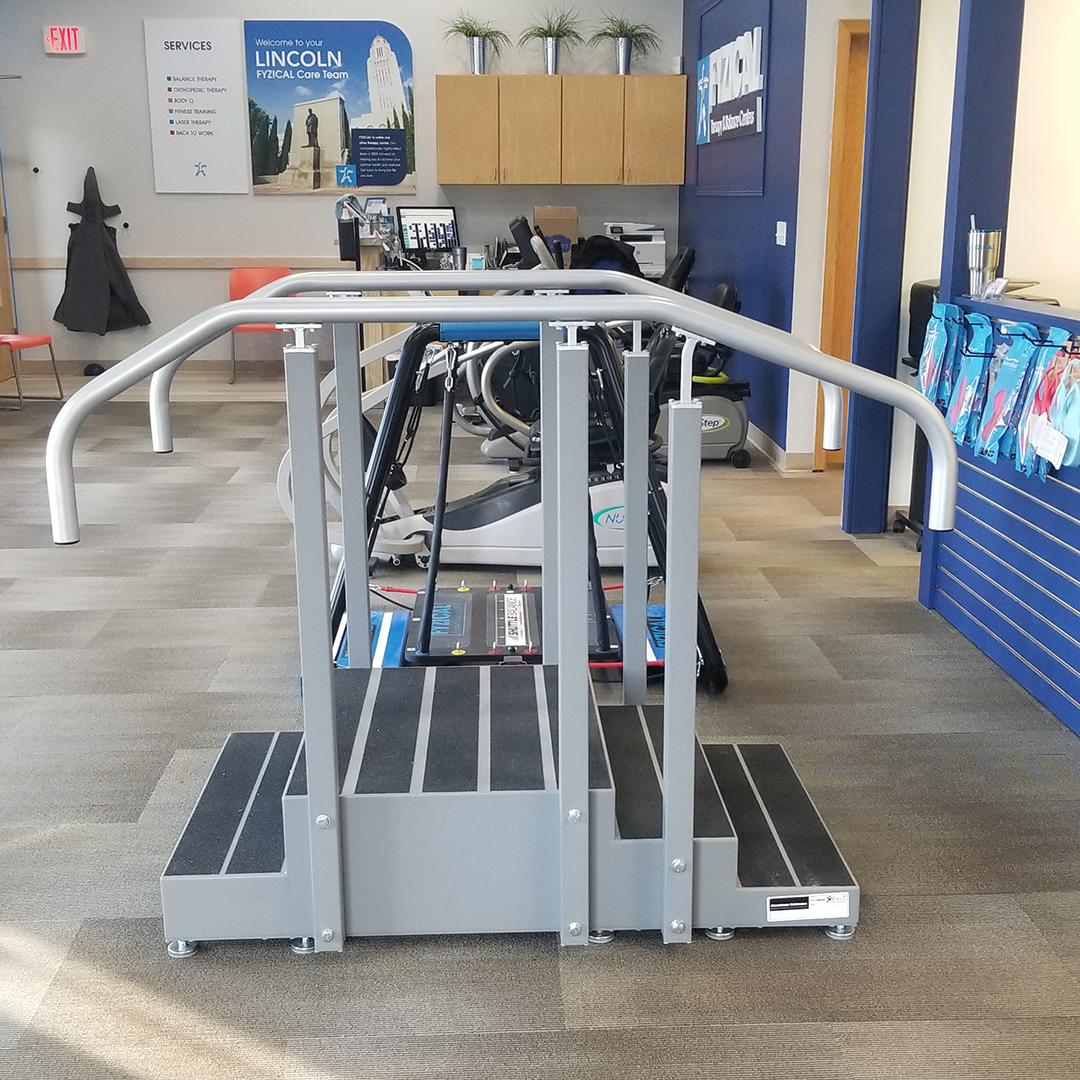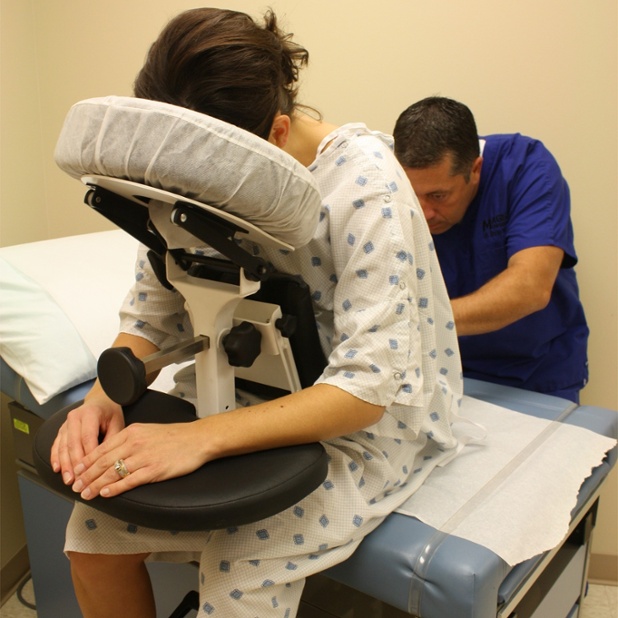Simply put, anesthesiologists treat pain. But anesthesiologists today do much more than that simple definition, helping to further ensure patient safety and improve the patient experience. Erin Allday of the San Francisco Chronicle explains the growing role of anesthesiologists in hospitals.
 via shutterstock.com via shutterstock.com |
Anesthesiologists are best known by most patients as the doctors who watch them sleep- an intimate relationship for sure. Even when patients are awake, it's the anesthesiologist who sits with them at the head of the bed - who coaches a woman through a cesarean section or soothes an athlete through a shoulder surgery.
And while their role in the operating room does in fact consume much of their work, increasingly over the past couple of decades, anesthesiologists have taken over patient care from the first preoperative consultation, sometimes days or weeks before a surgery, all the way to their discharge from care.
U.S. anesthesiologists are focusing much of their discussion not on the latest in drugs or technology, but on the decidedly less sexy topic of patient safety and their influential role in it - before, during and after surgery.
"This isn't any whizbang, 'we're going to change the world overnight' thing," said Dr. Anthony Debs, an anesthesiologist at Kaiser Santa Clara. "We're part of a broader patient-safety movement. And anesthesiologists have been at the forefront of making changes."
Safety Improvements
A study at one major teaching hospital at Yale University School of Medicine found a nearly 60 percent drop in immediate complications from surgery - the kinds of problems like nausea or difficulty breathing that show up in the recovery room just minutes or hours after an operation - over the past two decades.
 via shutterstock.com |
The researchers involved in the study believe their results, which were presented Tuesday at the conference, probably reflect a national trend, and anesthesiologists, naturally, look to their profession as a large factor in increasing surgical safety.
In the Bay Area, hospitals may not have specific numbers to back up the Yale report, but the anesthesiologists say there is no doubt that surgeries have been made safer overall in recent years, even as surgeons have been performing more complicated procedures on older and sicker patients. Their use of anesthesia itself has changed dramatically in recent decades, with doctors often relying on multiple types of drugs to knock out patients with fewer side effects.
When possible, anesthesiologists say they increasingly rely on nerve blocks - an injection of an anesthetic drug into or near a bundle of nerves to numb a large part of the body. Epidurals, given to many women during childbirth, are probably the best-known type of nerve block, but they're commonly done now for shoulder surgeries or other limb operations.
In some cases, the block means the patient can stay awake for the entire procedure. Even if patients are put under, the block can make recovery faster and less painful, and decrease their need for narcotic relief.



